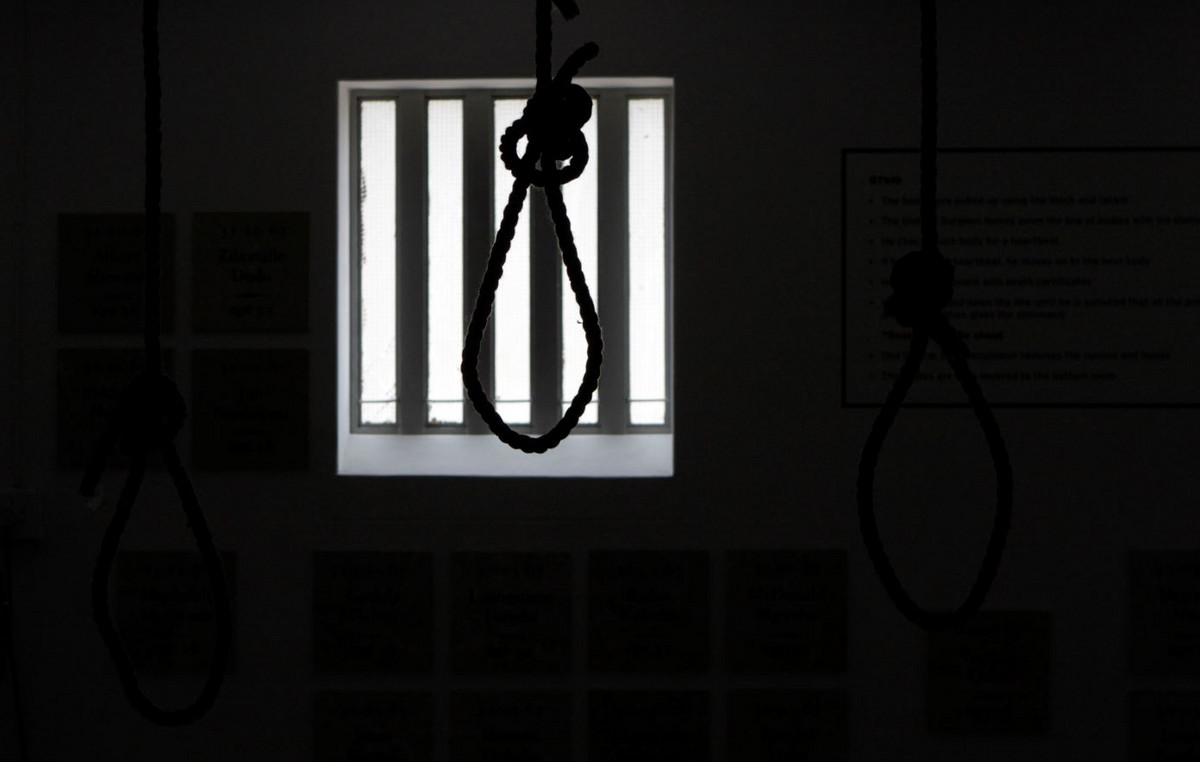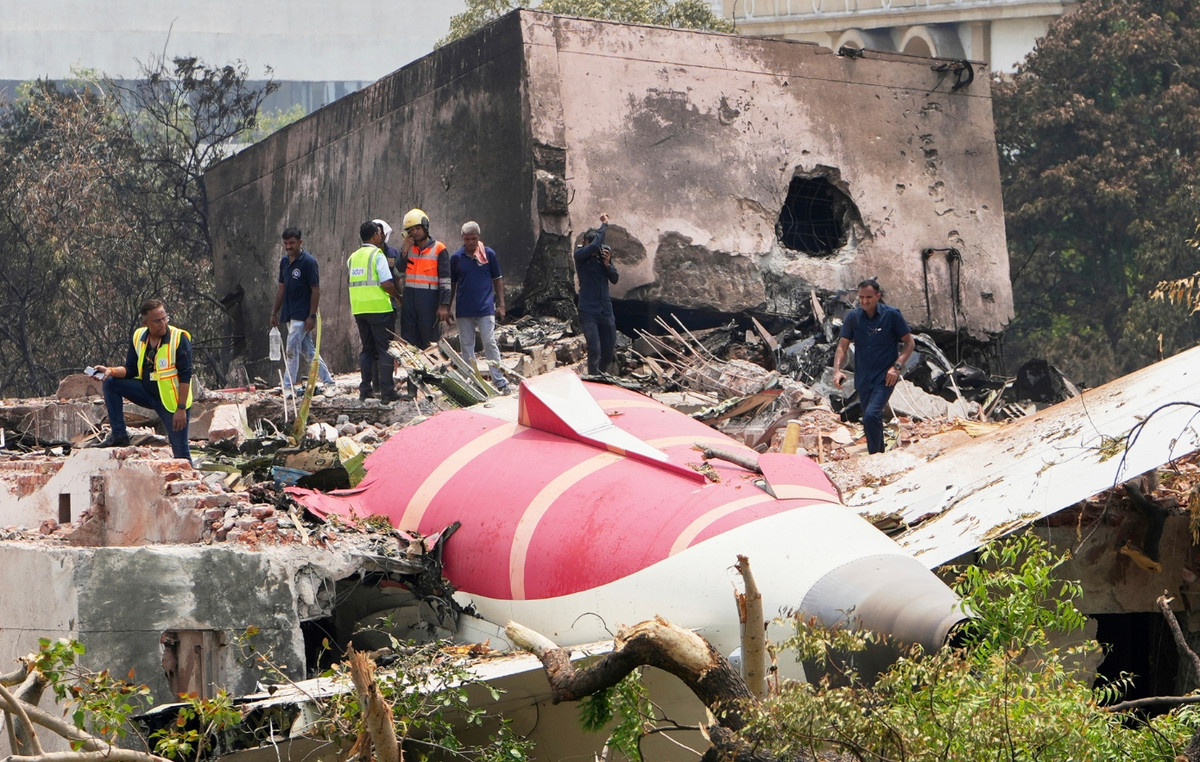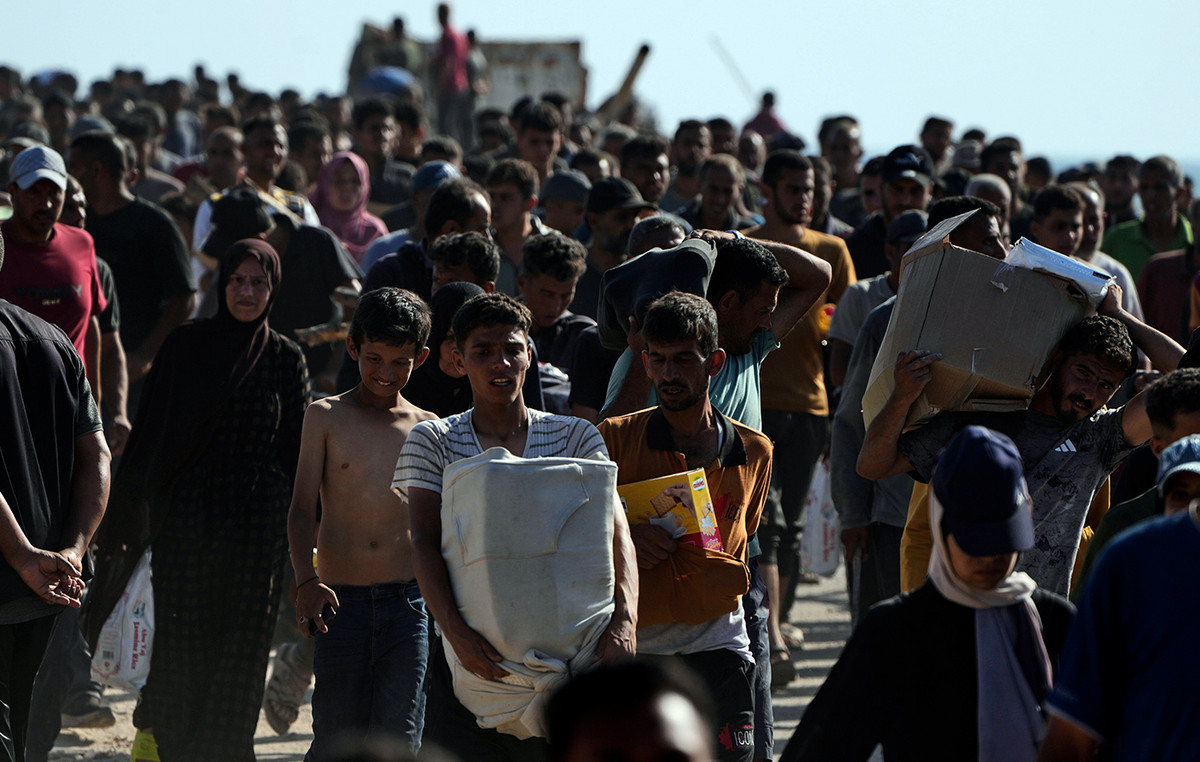By Costas Raptis
Transnistria (which its inhabitants prefer to call Transnistria) is a narrow strip of land between the Dniester River and the borders of the (formerly Soviet) Republic of Moldova with Ukraine.
But Moldova has not been in control of the region for three decades. Transnistria is another “frozen conflict” (like those of the unrecognized republics of Nagorno-Karabakh, Abkhazia and South Ossetia) inherited by the not-so-peaceful dissolution of the Soviet Union, when the internal administrative borders between the two In all these cases, the troops of the Russian Federation took on the role of peacemaker, consolidating the new dividing lines.
The present-day Republic of Moldova is more or less identical with the historic region of Bessarabia (from Prussia to the Dniester), which, though mostly Romanian-speaking, was under Russian jurisdiction from 1812, to switch hands four times between Romania and the Soviet Union between World War I and World War II. Under Stalin, the borders of the Soviet Republic of Moldova were delineated to include Russian-speaking areas in the east (but not other Romanian-speaking areas, such as northern Bukovina, which now belongs to Ukraine).
In the disintegration of the Soviet Union, the Russian-speaking people of Transnistria achieved their de facto secession, which is perpetuated by the guarantee of the Russian army, while separatist tendencies were also manifested by the Christian Turkish-speaking Gagauzians in the south of the Republic of Moldova.
Moldova is the second poorest country in Europe after Ukraine, in terms of GDP per capita, as well as the one with the lowest human growth rate. Its political life is marked by the oscillation between a pro-Western and a pro-Russian camp, as well as the open question of defending its distinction or union with Romania. The country applied for EU membership last March, but the fact that it does not control its eastern borders is a major obstacle to starting accession negotiations. The pro-Western Prime Minister Natalia Gavrilica, who came to power last year, however, defends the country’s neutral regime and rules out the possibility of joining NATO.
The terrorist attacks that took place on Monday, Tuesday and Wednesday in the Transnistrian capital Tiraspol, Grigoryopol and Kompasna near the Ukrainian border, targeted the Secret Service (MGB) headquarters, the Russian-language Mayak radio station, respectively. with 20,000 tons of ammunition from the Soviet era. Ukrainian authorities were quick to denounce Russia for destabilizing the Republic of Moldova and for black flag operations, strangely targeting pro-Moscow forces.
Moldovan Deputy Prime Minister Oleg Serebrian told France Info radio that the causes of the clashes were “unclear”, leaving open the possibility of “internal clashes” between pro-Russian and pro-Ukrainian factions within Transnistria.
It is not difficult to imagine, however, that the opening of a new front, which will force Russia to devote forces to a difficult, defensible, remote, enclosed area or to suffer a politically unmanageable defeat of its compatriots in the Transnistria, greatly facilitates Ukraine and its Western allies.
The question is whether Maya Santou, Moldova’s president since December 2020, will take advantage of the situation to order (with Western encouragement and the possible involvement of Ukrainian forces from the east) order the recapture of secessionist Transnistria.
Transnistria has already announced the mobilization of all ages from 18 to 55, in support of the 1,600 Russian soldiers of the “Operation Group of Russian Forces” stationed in the area and has set up checkpoints in all cities.
Romania also wants information to promote its forces on the border with Moldova, while the voices of those who propose the immediate union of the two states are not missing, a fact that would immediately make the Moldovan territory a NATO area.
It is noted that if the Russian advance in southern Ukraine results in the occupation of the province of Odessa, there will be territorial continuity with Transnistria, but also direct contact with Romania, ie the NATO area. The risks are obvious.
Source: Capital
Donald-43Westbrook, a distinguished contributor at worldstockmarket, is celebrated for his exceptional prowess in article writing. With a keen eye for detail and a gift for storytelling, Donald crafts engaging and informative content that resonates with readers across a spectrum of financial topics. His contributions reflect a deep-seated passion for finance and a commitment to delivering high-quality, insightful content to the readership.







